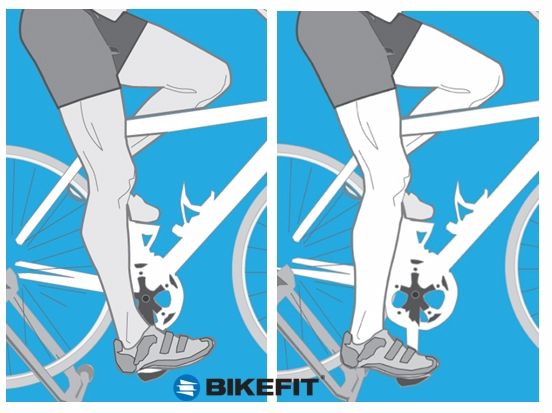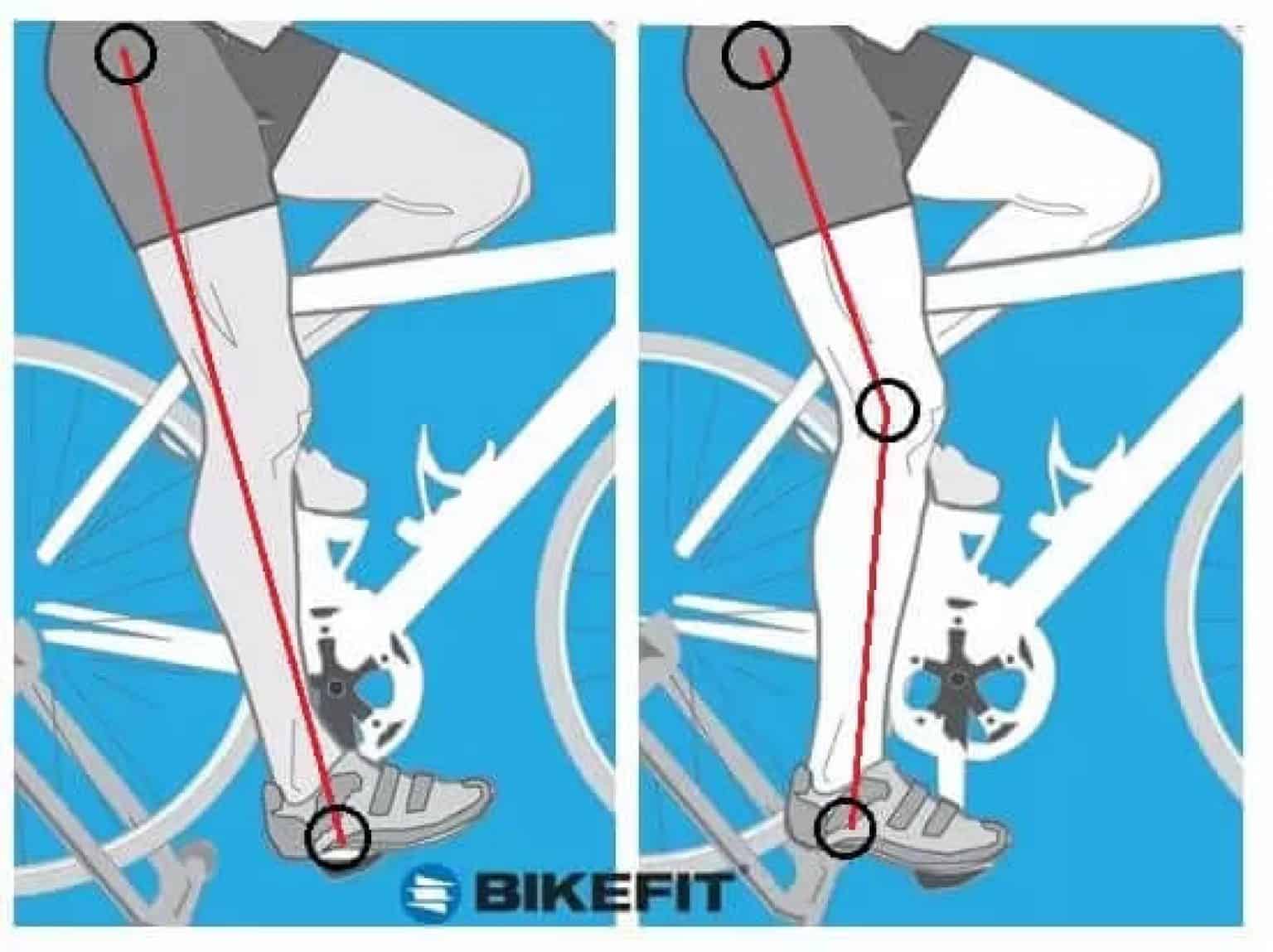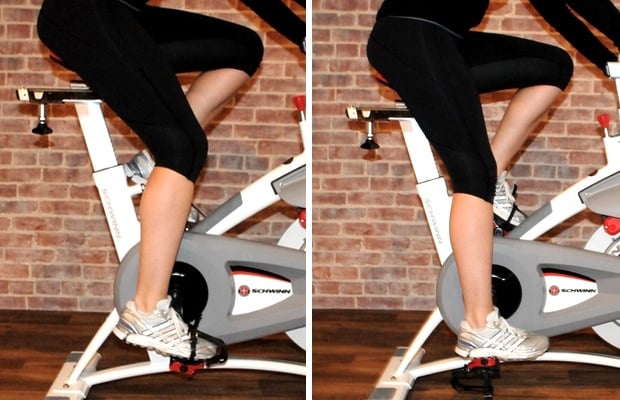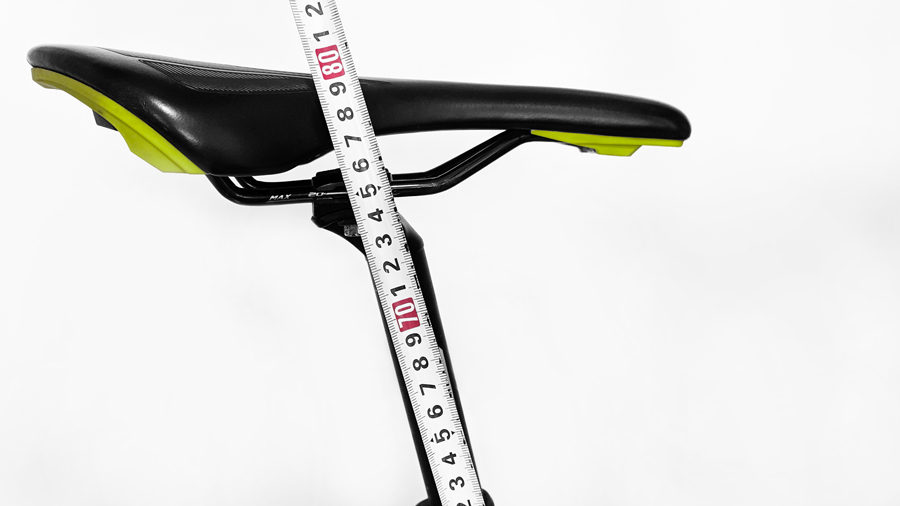Why Proper Bike Fit Matters for Cyclists
A proper bike fit is crucial for cyclists who want to optimize their performance, comfort, and overall riding experience. When a bike is fitted correctly, it can make a significant difference in a cyclist’s ability to ride efficiently, comfortably, and safely. A well-fitting bike can also help prevent injuries, reduce fatigue, and improve overall cycling performance. One of the most critical aspects of bike fit is the seat height, which has a direct impact on the IT band. A correct seat height can help reduce friction and irritation to the IT band, allowing cyclists to ride longer and more comfortably. On the other hand, an incorrect seat height can lead to discomfort, pain, and even injury. By ensuring a proper bike fit, cyclists can enjoy a more comfortable, efficient, and enjoyable ride.
Understanding the IT Band and Its Role in Cycling
The IT band, or iliotibial tract, is a ligament that runs down the outside of the thigh, from the hip to the knee. It plays a crucial role in stabilizing the knee and hip joints during movement, particularly in activities that involve repetitive flexion and extension, such as cycling. In cycling, the IT band is subjected to friction and irritation, which can lead to discomfort, pain, and even injury. This is especially true when the seat height is incorrect, as it can cause the IT band to rub against the lateral condyle of the femur, leading to increased friction and discomfort. Cyclists who experience IT band friction often report pain or discomfort on the outside of the knee or thigh, which can be alleviated by adjusting the seat height to reduce friction and irritation. By understanding the anatomy and function of the IT band, cyclists can take steps to reduce the risk of IT band issues and enjoy a more comfortable and efficient ride.
How to Achieve the Perfect Cycling Seat Height
To achieve the perfect cycling seat height, cyclists should follow a step-by-step approach that takes into account their individual anatomy and riding style. The first step is to determine the ideal saddle height by measuring the distance from the floor to the top of the inner thigh. This measurement should be multiplied by 0.67 to 0.70 to determine the ideal saddle height. Next, cyclists should adjust the saddle height to ensure that their leg is almost fully extended when the pedal is in its lowest position. This can be achieved by sitting on the saddle and placing the heel of one foot on the pedal. The leg should be almost fully extended, with a slight bend in the knee. Cyclists should also consider the fore and aft position of the saddle, as well as the tilt, to ensure that the IT band is not subjected to excessive friction and irritation. By following these steps, cyclists can achieve the perfect cycling seat height, reducing the risk of IT band discomfort and improving overall cycling performance. Proper seat height is crucial for IT band comfort, as it can help reduce friction and irritation, allowing cyclists to ride longer and more comfortably.
The Impact of Seat Height on IT Band Friction
The seat height of a bicycle has a significant impact on the IT band, particularly in terms of friction and discomfort. When the seat height is incorrect, the IT band is subjected to increased friction and irritation, leading to discomfort, pain, and even injury. This is because the IT band is designed to glide smoothly over the lateral condyle of the femur, but when the seat height is too high or too low, this gliding motion is disrupted, leading to increased friction and discomfort. Furthermore, improper seat height can also lead to poor pedaling technique, which can further exacerbate IT band friction and discomfort. On the other hand, a properly adjusted seat height can help reduce IT band friction and discomfort, allowing cyclists to ride longer and more comfortably. By understanding the relationship between seat height and IT band friction, cyclists can take steps to optimize their bike fit and reduce the risk of IT band issues. For example, cyclists who experience IT band friction may need to lower their seat height to reduce the angle of their knee and alleviate pressure on the IT band. By making these adjustments, cyclists can enjoy a more comfortable and efficient ride, while also reducing the risk of IT band discomfort and injury.
Case Study: How Proper Seat Height Improved Cycling Performance
A 35-year-old recreational cyclist, Sarah, was experiencing persistent IT band discomfort and friction during her regular rides. Despite trying various remedies, including stretching and foam rolling, the discomfort persisted. After consulting with a professional bike fitter, Sarah discovered that her seat height was slightly too high, causing her IT band to rub against the lateral condyle of her femur. The bike fitter recommended adjusting the seat height to reduce the angle of her knee and alleviate pressure on the IT band. After making the adjustment, Sarah noticed a significant reduction in IT band discomfort and friction during her rides. She was able to ride longer distances without experiencing pain and discomfort, and her overall cycling performance improved. This case study highlights the importance of proper seat height in reducing IT band discomfort and improving cycling performance. By making simple adjustments to the seat height, cyclists can experience significant benefits, including improved comfort, increased performance, and reduced risk of injury. In Sarah’s case, the adjustment to her seat height allowed her to enjoy a more comfortable and efficient ride, while also reducing the risk of IT band issues.
Top Cycling Seat Height Adjustments for IT Band Relief
When it comes to alleviating IT band discomfort, making adjustments to the cycling seat height can be a game-changer. Here are some top tips and adjustments cyclists can make to their seat height to reduce IT band friction and discomfort:
Fore and Aft Adjustments: Adjusting the seat height fore and aft can help reduce IT band friction by changing the angle of the knee and alleviating pressure on the IT band. Cyclists can try moving the seat forward or backward to find a comfortable position that reduces IT band discomfort.
Tilt Adjustments: Adjusting the tilt of the seat can also help reduce IT band friction. A slight tilt forward or backward can help reduce pressure on the IT band and alleviate discomfort.
Height Changes: Making small changes to the seat height can also help reduce IT band friction. Cyclists can try lowering or raising the seat height to find a comfortable position that reduces IT band discomfort.
Combining Adjustments: The key to finding the perfect seat height for IT band relief is to experiment with different combinations of adjustments. Cyclists can try combining fore and aft adjustments with tilt adjustments and height changes to find a comfortable position that reduces IT band friction and discomfort.
Remember, the key to reducing IT band discomfort is to find a seat height that allows for a comfortable and efficient pedaling motion. By making small adjustments to the seat height, cyclists can reduce IT band friction and discomfort, and enjoy a more comfortable and efficient ride. By incorporating these adjustments into their cycling routine, cyclists can experience the benefits of proper bike fit, including improved comfort, increased performance, and reduced risk of injury.
Common Mistakes to Avoid When Adjusting Cycling Seat Height
When adjusting the cycling seat height to alleviate IT band discomfort, it’s essential to avoid common mistakes that can exacerbate the issue. Here are some common mistakes cyclists make when adjusting their seat height and how to avoid them:
Over-Adjusting: One of the most common mistakes cyclists make is over-adjusting the seat height. This can lead to increased IT band friction and discomfort. To avoid over-adjusting, make small adjustments and test the seat height regularly.
Under-Adjusting: Under-adjusting the seat height can also lead to IT band discomfort. Cyclists should aim to find the perfect seat height that allows for a comfortable and efficient pedaling motion.
Not Considering Leg Length: Failing to consider leg length when adjusting the seat height can lead to IT band discomfort. Cyclists should take into account their leg length and adjust the seat height accordingly.
Not Testing the Seat Height: Not testing the seat height regularly can lead to IT band discomfort. Cyclists should test the seat height regularly to ensure it’s comfortable and efficient.
Not Seeking Professional Help: Finally, not seeking professional help when adjusting the seat height can lead to IT band discomfort. Cyclists should consider consulting a professional bike fitter to ensure the seat height is adjusted correctly.
By avoiding these common mistakes, cyclists can ensure they’re adjusting their seat height correctly and alleviating IT band discomfort. Remember, the key to comfortable and efficient cycling is proper bike fit, particularly seat height. By making small adjustments and avoiding common mistakes, cyclists can experience the benefits of proper bike fit, including improved comfort, increased performance, and reduced risk of injury.
Conclusion: The Key to Comfortable and Efficient Cycling
In conclusion, proper bike fit, particularly seat height, is crucial for IT band comfort and cycling performance. By understanding the importance of proper bike fit and making adjustments to the seat height, cyclists can experience improved comfort, increased performance, and reduced risk of injury.
The IT band plays a vital role in cycling, and improper seat height can lead to friction and discomfort. However, by following the tips and adjustments outlined in this article, cyclists can alleviate IT band discomfort and optimize their cycling experience.
Remember, the key to comfortable and efficient cycling is proper bike fit. By prioritizing proper bike fit, particularly seat height, cyclists can unlock their full potential and enjoy a more comfortable and efficient ride. Whether you’re a professional cyclist or a recreational rider, making adjustments to your seat height can have a significant impact on your overall cycling experience.
So, take the first step towards optimizing your cycling experience today. Make the necessary adjustments to your seat height, and experience the benefits of proper bike fit for yourself. With a comfortable and efficient ride, you’ll be able to ride longer, faster, and stronger, and enjoy the many benefits that cycling has to offer.









